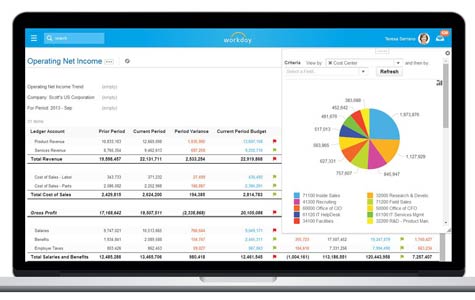Managing the finance department typically involves studying multiple reports with the hope that some level of additional insight can be gained that helps improve the performance of the business. The trouble is that all of those reports are generated by different applications, which makes correlating all that information a lot more complex than it should be.
Moving to reduce that complexity, Workday today announced that it has developed a Composite Reporting tool that allows organizations to pull data from multiple sources into the Workday software-as-a-service (SaaS) application. Betsy Bland, vice president of financial management products for Workday, says that because the Workday application runs in-memory, users can now pull all that data together to generate a single report based on information that originally resided in multiple applications.
Most organizations today struggle with any number of financial applications, ranging from spreadsheets and customer relationship management (CRM) applications to general ledgers and suites of enterprise resource planning (ERP) applications.
Bland says data can be moved to the Workday platform via an integration platform that is baked into the Workday environment. That platform provides options to use REST application programming interfaces (APIs), Web services, enterprise service bus or its Big Data integration offering to move that data. Those Workday reports can then be generated via reporting tools that present the end user with a familiar spreadsheet, says Bland. Organizations can also define who gets to see a report based on their role in the organization, which Bland says makes it easier for organizations to comply with regulations.
In addition to adding the Composite Reporting tool, Workday announced that it has added support for additional financial business models within its financial applications, including business models based on subscriptions and organizations operating in the education and government sectors or as non-profit entities.




